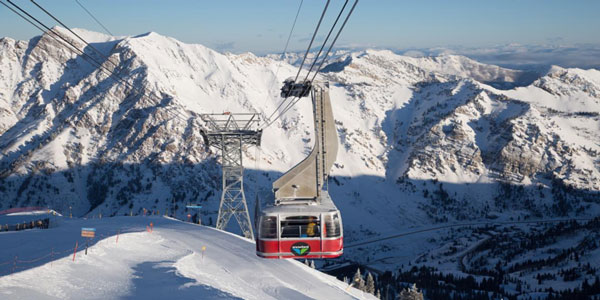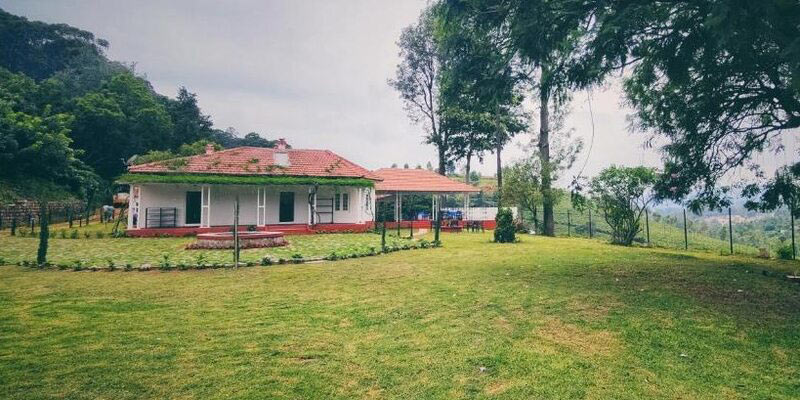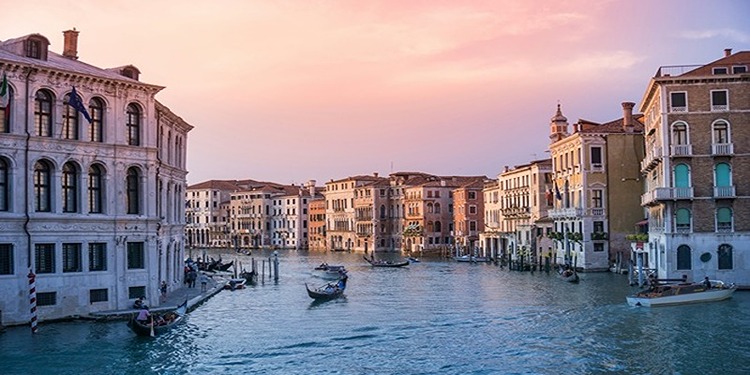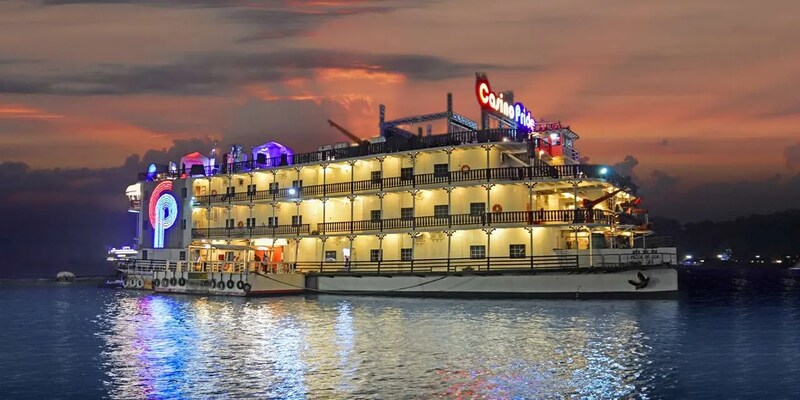Situated on the shore of the Adriatic Sea in southern Italy, Bari acts as a bridge to Apulia, an incredible region renowned for its long history and cultural background. This port city, which combines contemporary metropolitan vigor with old-world Italian appeal draws tourists to its lively street life and architectural beauty as well as delectable cuisine. Bari’s old town, a labyrinth of narrow streets is the home to Basilica di San Nicola and Swabian Castle, narrating stories about varied historical past. The waterfront promenade and the vibrant port area further enhance Bari’s appeal, becoming not just a destination but the beginning of discovering unknown Italy in its heel.
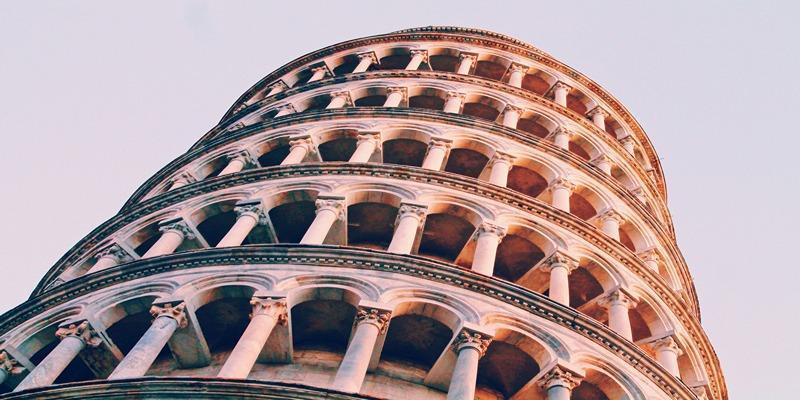
Alberobello: Trulli Houses and Rustic Charm
History and Significance of Trulli Architecture
Alberobello is a charming town in the Itria Valley famous for its trulli, peculiar cone-shaped dwellings characteristic of this area. These peculiar buildings, constructed of the local limestone without mortar and part of the Puglian landscape since the 14th century. Traditionally, the trulli were built as seasonal field huts and warehouses. With time they became permanent homes which are now classified by UNESCO as world heritage sites. The structure of the trulli is not only an example that ancient building methods have been innovative, but also reflects socio-economic situations in the past where feudal taxation laws created the need to dismantle houses easily.
Experiencing Alberobello's Unique Culture
Traveling to Alberobello is an opportunity for a full-immersion into the culture where tradition and simplicity reign. Walking through the alleys of this town, bordered by trulli; visitors can sense timelessness that seeps in every crevice of this place. Many of the trulli have been turned into shops, restaurants and even cozy accommodations thus allowing visitors to experience Alberobello’s unique lifestyle. Local artisans display their works of arts such as ceramics and textiles representing the town’s craft heritage. Festivals and events which are either held in or around the town celebrate local customs, cuisine and history lending an insight to a strong sense of identity. The fact that this cultural immersion is presented in the background of unique trulli houses gives Alberobello a magical touch.
Polignano a Mare: Coastal Beauty and Cliffside Views
The Allure of Polignano's Beaches
Polignano a Mare, situated on limestone cliffs above the Adriatic Sea is famed for its stunning beaches and pristine waters. The most renowned beach in the town is Cala Porto, also known as Lama Monachile which is a beautiful cove bordered by steep cliffs. The beach which is approachable through a Roman bridge provides the right combination of natural beauty and history. The visitors are mesmerized by the turquoise water and a pebbled shoreline perfect for sunbathing as well as swimming. The beaches of Polignano are situated on cliffs; the scenic beauty is excellent and from such a vantage point one gets an impression of calmness and isolation. These coastal jewels, in addition to the mild Mediterranean climate make Polignano a Mare one of the most popular beach destinations among Italians.
Exploring the Historic Town Center
The old town of Polignano a Mare is like no other; it is an enchanted maze of cobblestone lanes, whitewashed buildings and little squares. The town is a walkthrough showcasing the embrace of history and modernity. The centro storico (historic center) includes different churches and structures that retrace the rich past of this city. The church of Saint Mary of the Assumption is a telling example from where one can see an intricate façade, with which this town was once famed. The streets are full of cafes and gelaterias that offer local flavors to the visitors as well provide them with an opportunity to enjoy a lively atmosphere. The town also holds artistic and historical events with exhibitions, making the historic center of Polignano a Mare an unmissable destination for any tourist.
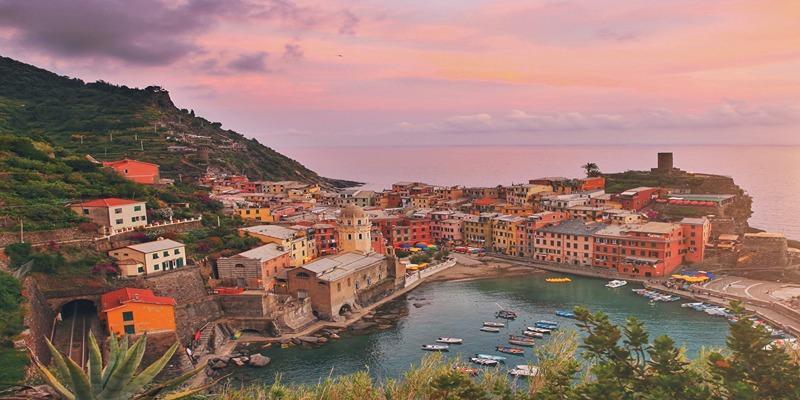
Castel del Monte: A UNESCO World Heritage Site
Architectural Wonders of Castel del Monte
Castel del Monte, situated on top of a hill in Apulia, is one of the masterpieces of medieval architecture and a UNESCO Heritage Site. This octagonal castle was erected by Frederick II in the 13 th century and is famous for its geometric structure which unites elements from Northern Europe, Muslim civilization and classical antiquity. All eight corners are decorated with octagonal towers; the structure is symmetrical. The interior is just as impressive with its clever use of space and light. The mathematical and astronomical precision in its construction is evidence that Frederick II was keenly interested in the sciences as well as how to pursue diverse forms of art. The architectural design of Castel del Monte serves as a source of intrigue and research from historians, tourists, scholars among other visitors.
The Historical Legacy of the Castle
Castel del Monte’s historical heritage does not stop at its architectural magnificence. The castle has stood witness to centuries of history, from its beginning as a hunting lodge till it became an armed fortress. Its geographical position also allowed it to rule over a large area, revealing Frederick II’s power and influence. Through the years, there have been numerous legends and theories that revolved around its purpose as well as what meaning could be drawn out of it. It has inspired artists and writers, being a reflection of the cultural renaissance in medieval times. Castel del Monte still attracts visitors not only as an architectural masterpiece but also as a vivid embodiment of the complicated history and intricate culture of medieval Europe.
Matera: An Ancient City of Stone
The Sassi di Matera: Cave Dwellings and History
Matera, home of the Sassi- a complex of ancient cave dwellings hewn out in limestone- is also an account on human inhabitation that goes back to Paleolithic times. The caves are built up in the rocks of Matera and represent one among Italy’s earliest human settlements. The Sassi di Matera have been revitalized while retaining their historical character, being split into two districts – the Sasso Caveoso and the Sasso Barisano. Strolling through these ancient streets is a trip to the past, whereby one discovers an eclectic mix of architecture and history. These cave dwellings, once a sign of poverty, became an example of adaptation that earned Matera the title UNESCO World Heritage site.
Cultural Attractions and Modern Matera
The modern Matera, breaking out of its ancient cocoon, has transformed into a thriving cultural citadel. Cultural events take place all over the city, which were held to celebrate its transformation and rich artistic past. Museums such as the Casa Grotta di Vico Solitario provide glimpses into traditional Sassi life. The cuisine of Matera consists of dishes that are made from fresh ingredients and in some cases, these culinary delicacies can be obtained straight from the farms. The contrast between the old buildings and modern art, culture is what makes this city so special. The fact that Matera transformed from an ancient settlement into a modern cultural hub is proof of resilience and innovation, making it one such place to visit for those discovering the hidden treasures around Bari.
Conclusion
The region around Bari, Italy is a veritable gold mine of unique locations each providing an insight into the country’s colorful history. Alberobello, trulli houses; Polignano a Mare: the cliffside beauty of this location is completely different and unique from all other areas. Castel del Monte – one more architectural masterpiece that simply takes your breath away along with its amazing design which was created in medieval times but still has something very special about it – enough to fall in love at first sight! Unraveling these hidden treasures presents a trip through the annals of time, highlighting the rich and fascinating soul that dwells within Italy’s lesser-known yet equally mesmerizing attractions.

